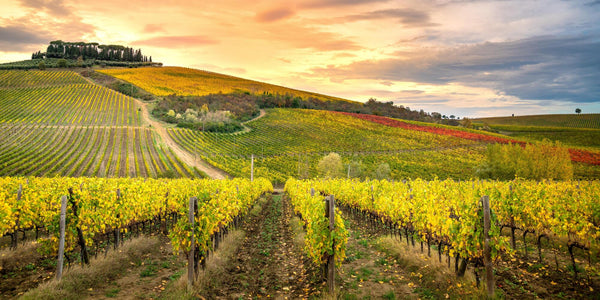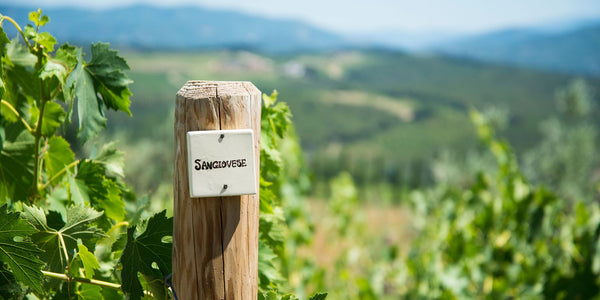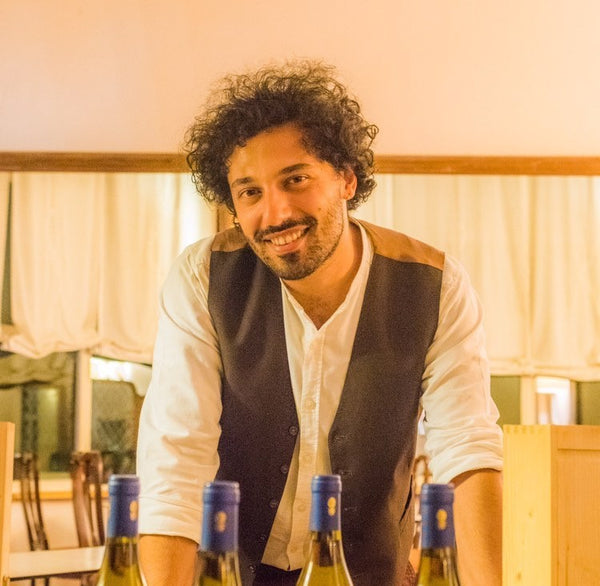The first real testimony widespread in Europe can be found in Pliny the Elder’s Naturalis Historia (23-79 AD). The reported anecdotes have revealed that the truffle, in Latin called terrae tuber (excrescence of the earth) or simply tuber, was highly appreciated at the table by the ancient Romans who had copied the culinary use from the ancient Etruscans. Even the Greeks used truffles in their cooking, as demonstrated by the philosopher Plutarch of Chaeronea who handed down, at that time (1st century AD), the idea that the rare and precious mushroom was born from the combination of some natural elements such as water, heat and lightning. The poet Juvenal took inspiration from this theory according to which the origin of the truffle is due to a thunderbolt thrown by the father of the gods, Jupiter, near an oak tree. In addition to this, since Jupiter was famous for his prodigious sexual activity, the truffle was considered highly aphrodisiac. Based on this power, another legend tells that the truffle was dedicated by the pagans to the goddess Venus. Although the precious mushroom was treated by scholars, philosophers and poets, the origin of the truffle was never established. This is why the very little knowledge combined with popular beliefs made us think of the truffle as a degenerative growth of the soil and over the years as the devil’s or witches’ food.
In the Middle Ages, the truffle loses its trace until it reappears in the Renaissance age among the tables of the nobles Caterina de ‘Medici and Lucrezia Borgia, as well as in the most prestigious banquets in Europe. The first real treatise, entirely concerning the truffle, is due to the Umbrian doctor Alfonso Ciccarelli written in 1564, entitled “Opusculus de tuberis”. Furthermore, in the same century, Andrea Cesalpino mentioned truffles among mushrooms for the first time. In the Europe of this period, the truffle was also called “garlic of the rich”, due to its slight odour attributable to the plant as well as finding it in considerable quantities. In Piedmont, in 1600, it was consumed significantly to imitate those of France. Unlike the transalpine state, where the black ones were, in the Piedmont region, the white ones were consumed. A century later, the Piedmontese white truffle was considered by all European courts as one of the most prized things. The search for truffles was considered a palace entertainment for which foreign guests and ambassadors were invited to participate.
Also in the 1700s, the Count de Borch published a monograph on the truffle called “Lettres surles truffes du Piemont”, while Vittorio Pico in 1788 describes the white truffle calling it with the name of Tuber Magnatum. However, the first scientific description of the precious underground mushroom was obtained only in 1831, thanks to the “Monographia Tuberacearum” written by Carlo Vittadini. In this book, the Italian botanist and mycologist describes many species of truffles, which is why, like many of these, they still bear his name (Tuber Melanosporum Vittad, Tuber Aestivum Vittad, Tuber Brumale Vittad, etc.). With the publication of this book, Idnologia (from the Greek Hydnon) was born, the science that still studies truffles today. After that, we get to 1929 to talk about the main character for the world of truffles: Giacomo Morra. The well-known restaurateur and hotelier from Alba had the brilliant idea of making the white truffle (called by himself “Tartufo d’Alba”) an object of international worship, creating an event of both tourist and gastronomic appeal around the precious mushroom. In addition to this, he also had the idea of sending a precious truffle every year to a famous person such as the President of the United States Harry Truman in 1951, the British Prime Minister Winston Churchill in 1953, the sportsman Joe Di Maggio and the actress. American Marylin Monroe in 1954.
https://wineitsupplier.com/product-category/winery/giacosa-fratelli/
Drink it, Love it… WINE IT!





